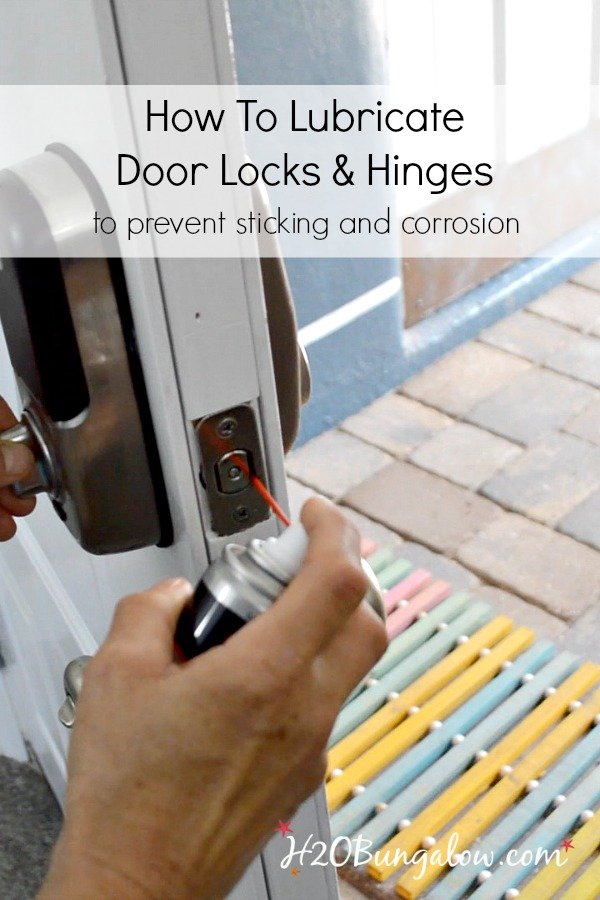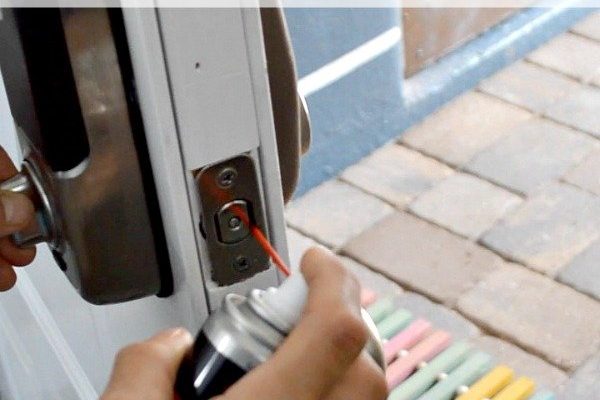
You might be wondering what exactly a latch follower is. It’s the part of the door knob that engages with the latch bolt to keep your door closed when it’s shut. If it gets dry or gunky, it can create all sorts of problems. So, whether you have a Schlage, Kwikset, or another type of door knob, knowing how to keep this crucial part well-lubricated will not only make your door smoother to operate but also extend its lifespan.
Why Lubrication Matters
Understanding why lubrication is important can be a game-changer for your door knob care. Imagine trying to turn a key in a rusty lock; frustrating, right? A well-lubricated latch follower prevents such discomfort and ensures smooth operation. When you don’t keep the latch follower in good condition, it can lead to a sticky or jammed door knob. This can become a nuisance, especially if you’re in a rush.
Regular lubrication helps reduce wear and tear. Just like maintaining your car, a little maintenance goes a long way. It prevents dirt and grime from building up, which could otherwise lead to more costly repairs or replacements. Plus, a good lubricant keeps your door knob functioning quietly. No one wants to hear a squeaky knob every time they enter a room!
What You’ll Need
Before diving into the procedure, it’s essential to gather your tools. Here’s what you’ll need:
- Lubricant: Use a silicone-based lubricant. It’s ideal because it doesn’t attract dirt like oil-based products.
- Screwdriver: Most door knobs can be removed with a standard screwdriver. Make sure it fits the screws in your knob.
- Cloth: A clean rag or paper towel for cleaning and wiping off excess lubricant.
- Optional: Compressed air can help blow out any debris if your knob is particularly gunky.
Having these items on hand will make the process smoother. Honestly, tackling this small project can save you from a bigger headache down the road.
Steps to Lubricate the Latch Follower
Now that you have your tools, let’s get into the nitty-gritty of how to lubricate the latch follower. Follow these step-by-step instructions to make the task straightforward and effective:
1. Remove the Door Knob
To start, you need to take off the door knob. Use your screwdriver to unscrew the screws that hold it in place. You’ll usually find them on the side of the knob or behind a small plate. Once unscrewed, gently pull the knob apart from the door. Don’t panic if it feels stuck; a little wiggling can help!
2. Clean the Latch Follower
Here’s where it gets interesting. Once the knob is off, locate the latch follower—it’s the part that looks like it’s hugging the latch. Wipe it down with your cloth to remove any dirt or dust. If you have compressed air, giving it a quick blast can also help clear out debris. Keeping the area clean is crucial, as grime can stop the lubricant from doing its job effectively.
3. Apply the Lubricant
Now for the fun part—applying the lubricant. Spray or squeeze a small amount directly onto the latch follower. Remember, less is more! You don’t want it dripping everywhere. Make sure to cover all moving parts lightly. After that, give the knob a few turns to help the lubricant work its way into the mechanism. You’ll feel a difference already!
4. Reassemble and Test
Once you’ve finished applying the lubricant, reattach the knob to the door. Just reverse the disassembly steps. Ensure everything is tightened properly, but don’t go overboard—too tight can also cause friction. Once it’s back in place, give it a test run. If it feels smooth, congratulations! You’ve successfully lubricated your latch follower.
Common Issues When Lubricating
Even though this is a straightforward task, sometimes things don’t go as planned. Here are a few common issues you might face and how to tackle them:
- Knob Still Stuck: If, after lubricating, your knob is still stiff, check for any hidden screws or misalignments. Sometimes the knob needs a little more adjustment to sit correctly.
- Excess Lubricant: If you accidentally over-applied the lubricant, wipe away any excess with your cloth. Too much could attract dust and dirt.
- Deeper Issues: If your knob still doesn’t work smoothly even after lubrication, it could indicate a deeper issue, like a damaged component. In this case, consider consulting a professional.
These tips can save you from frustration and help maintain the functionality of your door knob.
When to Lubricate Your Latch Follower
Many people forget to maintain their door knobs, but regular check-ups can ensure everything functions smoothly. Here are some guidelines on when to lubricate:
- Every 6 months is a good rule of thumb for regular maintenance. This keeps the latch follower and other moving parts working well.
- If you notice stiffness or squeaking, it’s time for some TLC, regardless of the schedule.
- After major weather changes, like a wet season, you might want to check and apply lubricant to prevent corrosion or sticking.
By keeping an eye on these signs, you can prolong the life of your door knobs and keep them operating like new.
Alternatives to Lubricating the Latch Follower
If you’re not keen on DIY maintenance, there are alternatives. You could hire a handyman to keep your door knobs in check. However, alleviating the hassle of scheduling and costs is why many prefer tackling this on their own. Still, it’s good to know that professionals are available if the job feels overwhelming.
Moreover, considering a universal door knob can sometimes make maintenance easier, especially if they’re designed with self-lubricating features. These might come at a higher initial cost, but they could reduce future maintenance efforts.
Ultimately, knowing how to lubricate your latch follower can give you peace of mind and save you some money in the long run.
Lubricating the latch follower in your interior door knob is a simple, effective way to maintain its functionality. With just a few tools and a little know-how, you can tackle this task in no time. It’s all about preventive maintenance—just as you wouldn’t let your car get rusty without checking the oil, don’t let your door knobs suffer in silence.
By keeping your latch follower well-lubricated, you ensure smooth operation and extend the life of your door knob. So go ahead, give it a shot and enjoy the satisfaction of a well-maintained home!
